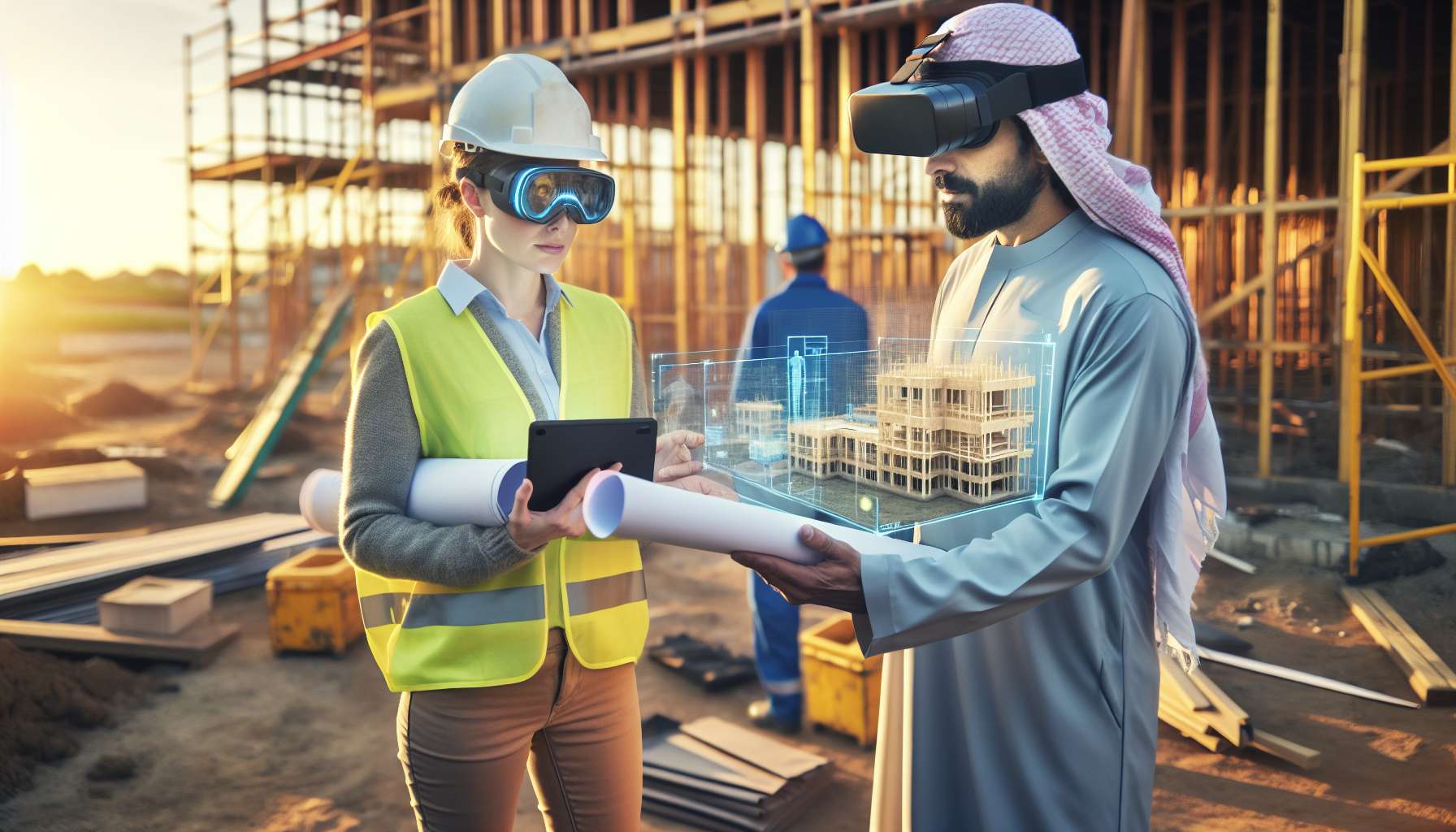Unlocking the Potential: When to Choose AR Over Traditional Methods in Construction
As the construction industry continues to evolve, so does the technology that supports it. One such technology that has gained significant traction in recent years is augmented reality (AR). With its ability to overlay digital information onto the real world, AR has proven to be a game-changer in various industries, including construction. In this article, we will explore the key factors that can help you determine when to choose AR over traditional methods in construction.
Enhanced Visualization and Design
One of the primary advantages of AR in construction is its ability to provide enhanced visualization and design capabilities. Traditional methods often rely on 2D blueprints and physical models, which can be challenging to interpret and visualize. AR, on the other hand, allows you to view 3D models and designs in real-time, overlaid onto the physical environment. This immersive experience enables stakeholders to better understand the project, identify potential issues, and make informed decisions.
Improved Collaboration and Communication
Effective collaboration and communication are crucial for successful construction projects. AR facilitates seamless collaboration by enabling multiple stakeholders to view and interact with the same digital information simultaneously. Whether it’s architects, engineers, contractors, or clients, AR ensures everyone is on the same page, reducing misunderstandings and costly errors. Real-time annotations and markups further enhance communication, allowing for instant feedback and clarification.
Efficient Project Planning and Management
AR can significantly streamline project planning and management processes. By overlaying digital information onto the physical environment, AR enables project managers to visualize the entire construction process, from start to finish. This visualization helps identify potential bottlenecks, optimize workflows, and improve overall efficiency. Additionally, AR can assist in tracking progress, comparing as-built conditions to the original design, and identifying any deviations or discrepancies.
Enhanced Safety and Training
Safety is a top priority in the construction industry, and AR can play a vital role in enhancing safety measures. By using AR, workers can access real-time safety information, such as hazard warnings, emergency exits, and equipment instructions, directly overlaid onto their field of view. This hands-free approach ensures that workers can focus on their tasks while staying informed and aware of potential risks. AR can also be utilized for training purposes, providing immersive and interactive simulations to train workers on complex procedures and equipment operation.
Cost and Time Savings
Implementing AR in construction can lead to significant cost and time savings. By catching design flaws and issues early on, AR helps avoid costly rework and delays. The ability to visualize the final product before construction begins also allows for more accurate cost estimation and resource allocation. Additionally, AR can expedite the decision-making process, reducing project timelines and improving overall project efficiency.
Conclusion
Augmented reality is revolutionizing the construction industry by providing enhanced visualization, improved collaboration, efficient project management, enhanced safety, and cost savings. While traditional methods have their place, AR offers a multitude of benefits that can significantly enhance construction processes. By embracing AR, construction professionals can unlock the full potential of this technology and take their projects to new heights.





